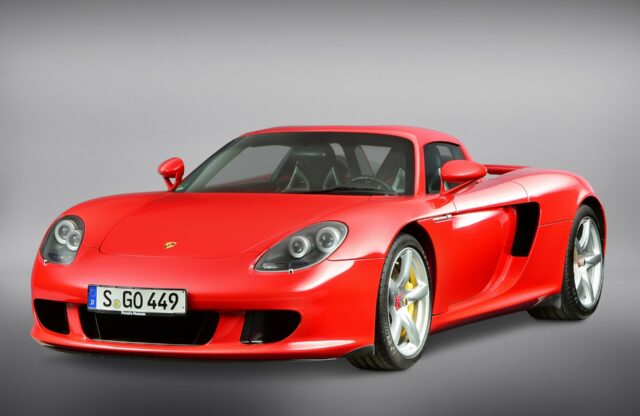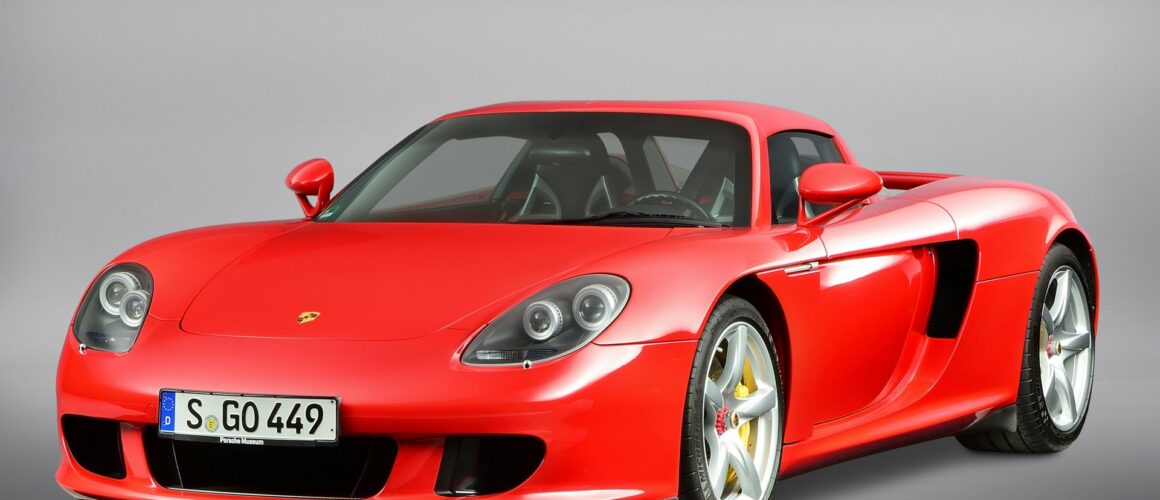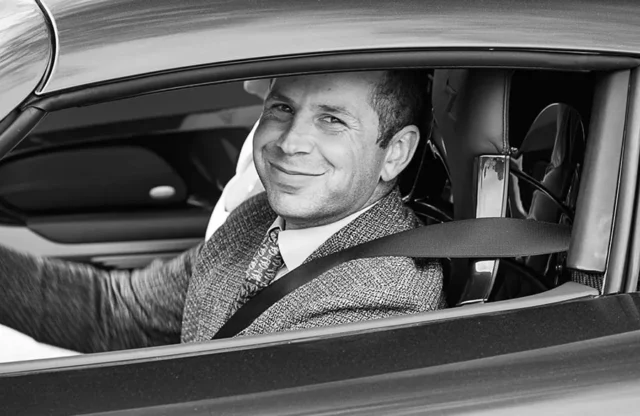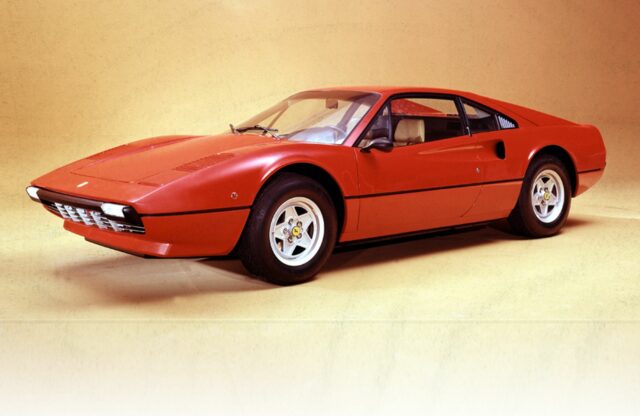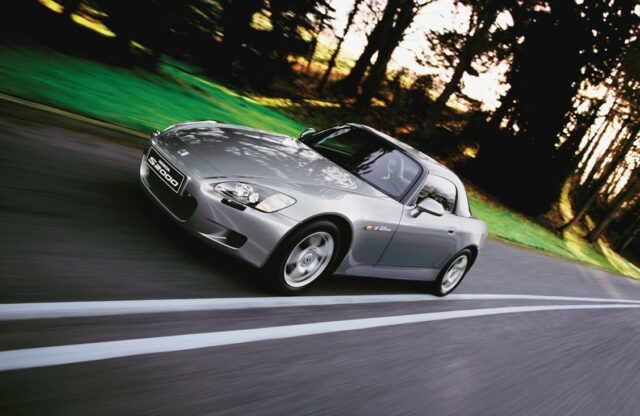Talk to any proper, fuel-in-the-bloodstream driving enthusiast, and they’ll tell you what they want from the perfect car: a phenomenal engine, stunning design, manual gearbox and the ‘special sauce’ analogue feel that seems to have been lost in more modern cars.
The Porsche Carrera GT has all of these attributes, in spades. It was made in that sweet spot when hypercars didn’t need hybrid drives and touchscreens, and the driver aids were limited to good brakes and half-decent wing mirrors. And over the past few years, as with the Ferrari F40, Hagerty Price Guide values of the Carrera GT have climbed, up 201 percent in the decade and rising 87 percent in the past five years alone.
Much of this came during the post-Covid boom of 2021-22, when the record auction price was broken six times, one record holding for just four weeks. But since then, values have corrected, dropping back seven percent, and the record sale price of $2.2m (£1.75m) set in 2022 still stands. That’s in line with a lot of other models, but a safety recall in April last year and Porsche’s delay in providing suspension parts to fix the issue led the company to issue a stop-use order, which didn’t help matters.
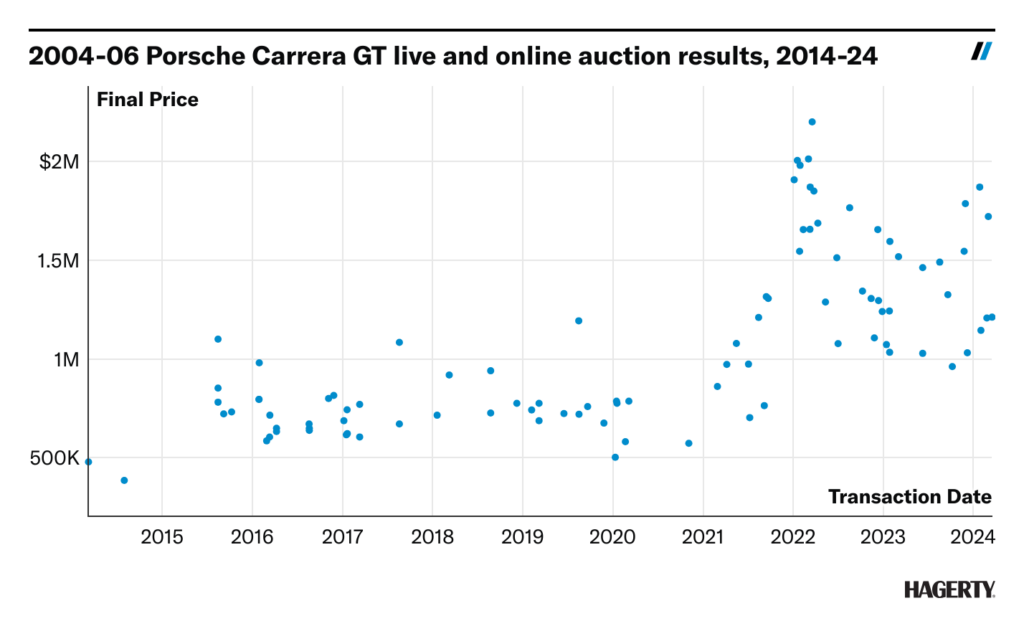
Yet things may be looking up again for the model. Last weekend, a single-owner 3600-mile example complete with factory car cover and luggage set sold for $1,792,500 at Broad Arrow’s all-Porsche Air|Water event. That’s above the US Hagerty Price Guide top value of $1.75m and the fifth highest auction result ever. Although its ownership by John O’Steen, a racing driver who drove Porsches at the Daytona 24 Hours and in Trans-Am during the 1970s and 1980s, may have pushed up the price a little, its black-on-black colour combination isn’t the most exciting, and so it sold very well.
Manual-gearbox exotics such as this were one of the hottest segments of an already super-heated market in 2021-22, and it appears the Carrera GT has staying power. It hits that 2000s sweet spot of being decidedly modern, but not too modern. The carbonfibre monocoque and subframe, along with its 205mph top speed, are all the stuff of contemporary supercars, but the beechwood shift knob atop its six-speed manual, real buttons in the interior, that big, naturally aspirated V10 engine and the lack of electronic nannies to keep you from doing something stupid are all refreshingly old school. Buyers like that combination, but nothing built in 2024 has it. That’s what keeps the exotic cars of the previous generation relevant.
